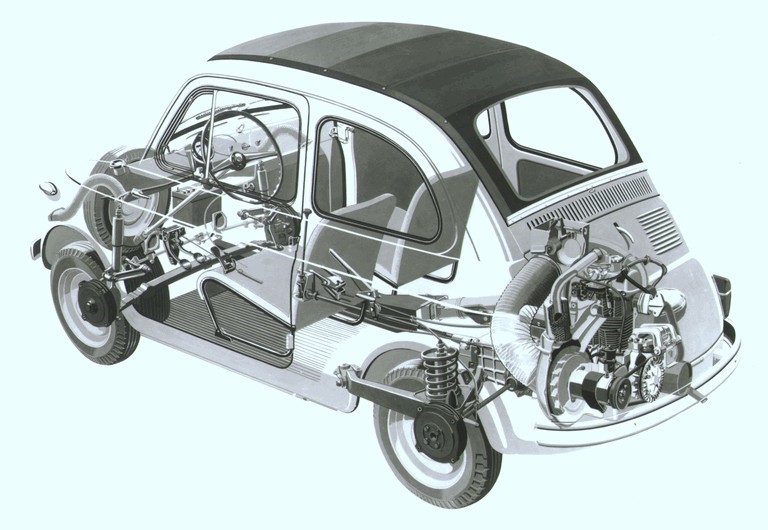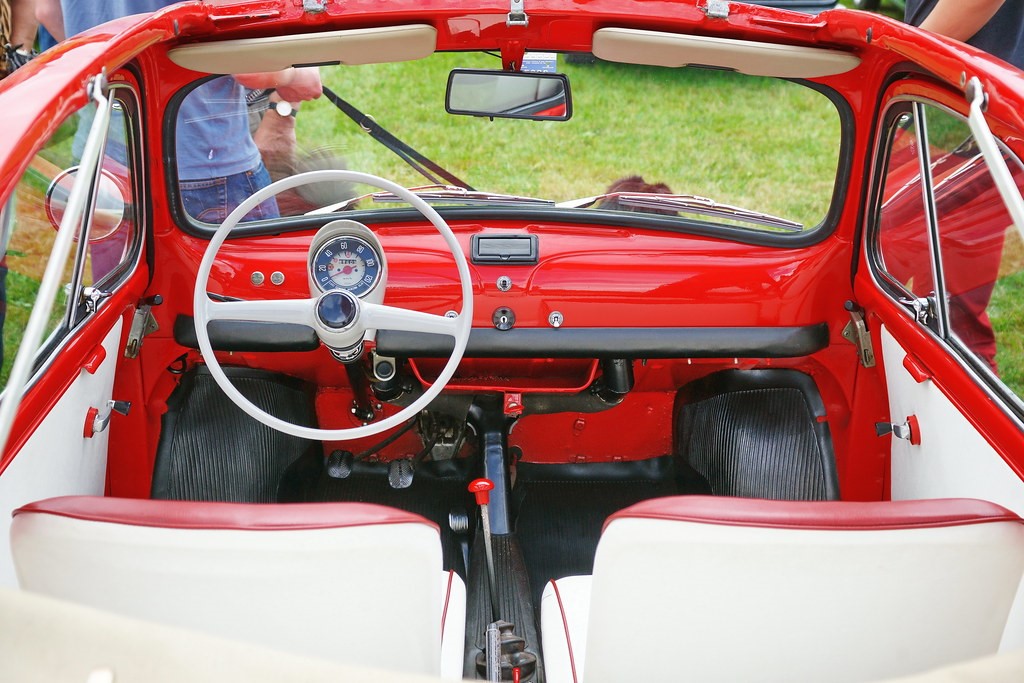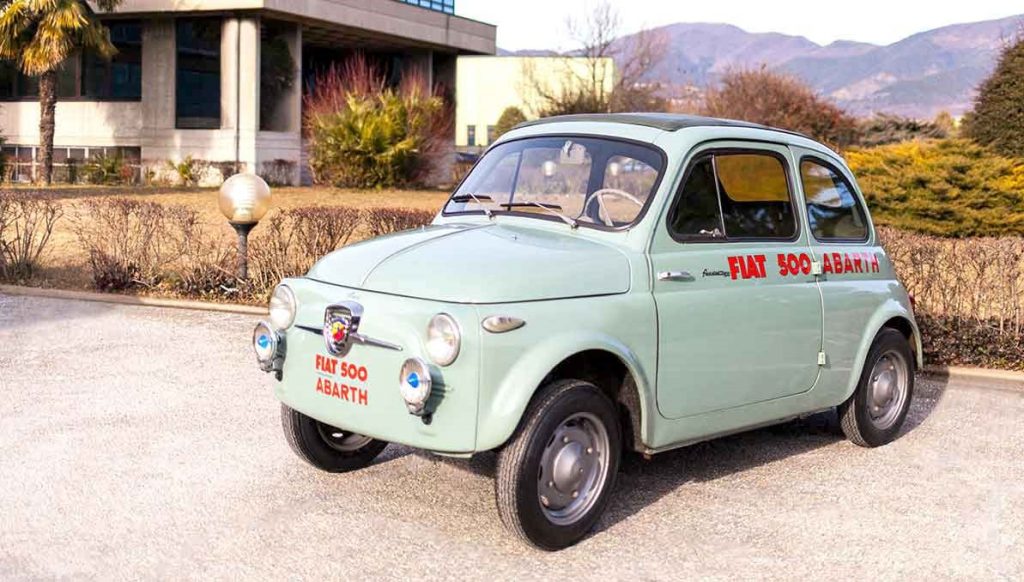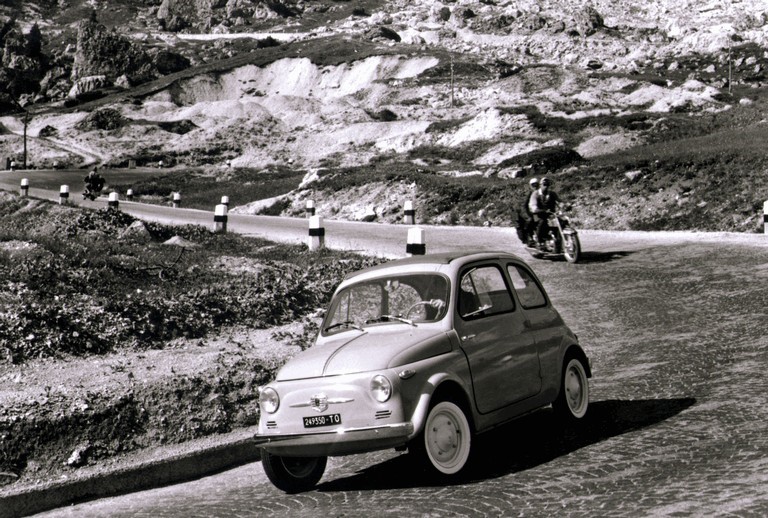Ever wondered what classic car to consider? Paul Murrell tests the 1957-1976 Fiat 500 with pricing, specs, ride and handling, safety, verdict and everything the over-50 classic car buyer needs to know.
Summary: It’s cheeky, lovable and surprisingly expensive. It’s also a bit of a challenge on modern roads.
1957-1976 Fiat 500 small car
Price range: $25,000-$35,000 (early model)
Safety: not a lot
Engine: 499cc air cooled pushrod twin-cylinder engine
Power: 12.14kW
Torque: 27Nm
Transmission: 4-speed manual (no synchromesh), rear-wheel drive
Steering: worm and sector
Body: 2969mm (long); 1321mm (wide); 1321mm (high)
Build country: Italy
Kerb weight: 483kg
Wheels: 12-inch steel
Tyres: 125SR12
Brakes: drums, front and rear
Fuel tank: 10.6 litres
Consumption: 5.4-4.4L/100km

The Fiat 500 was launched in 1957 as Italy’s car for the everyman – cheap to buy, cheap to run. Amazingly, it was in production for almost 20 years, and 3.4 million were sold.
These days, it’s certainly not cheap to buy, with prices being almost what anyone is willing to pay. Some of the rarer versions are eye-wateringly expensive. Especially when you consider that this tiny, Spartan little car has a thrashy two-cylinder engine and is lucky to make 100km/h downhill with a tail wind.
The Fiat 500 was always intended as a city car. It simply isn’t designed to cope with freeways or long journeys. Take it any distance out of town and you’re in for an uncomfortable and slow trip.
The gearbox has no synchro, so needs some practice to master. Using plenty of revs and changing down a gear (or two) early is recommended. Double declutching (a skill almost forgotten today) is the best way to use the gearbox. Fortunately, it’s easier to double declutch the Fiat than many others of its ilk.
Pre-1960 cars are the slowest; later models are marginally better.
And they’re Italian, so rust is an ever-present issue.

What to look out for
Modified cars are common, so do your homework. Original 595cc cars are becoming very rare, but modified cars usually don’t affect the value.
Look everywhere for signs of rust (although most cars have now been restored). Most mechanical parts can still be sourced, but body and trim panels are virtually impossible. Left-hand dipping headlights can also be almost impossible to find.
You’ll have to listen closely and ignore the usual engine noise for worn timing chains or worn-out bearings. As always, excessive smoke and leaks indicate a tired engine or lack of maintenance. In extreme cases, the dipstick may even jump when the engine is revved.
You’ll need to keep both carburettor and distributor in tip top condition if you want to get the best out the motor – there simply isn’t any leeway. Spark plugs also benefit from regular replacement (motorcycle plus cope best with the higher temperature of the air-cooled cylinder head).
Sticky or heavy steering and clonks from the suspension should be investigated.

Brakes are marginal at best, but benefit from having to pull up such a small car. If they pull to one side or are noticeably ineffective, at least one cylinder has probably seized.
Check the air outlet shutter, a thermostatically controlled flap that opens when the engine is warm. If it doesn’t open, the engine will overheat. If it has been propped open, the engine will take longer to warm and suffer premature wear.
Front suspension kingpins need to be greased every 1500-2000km
